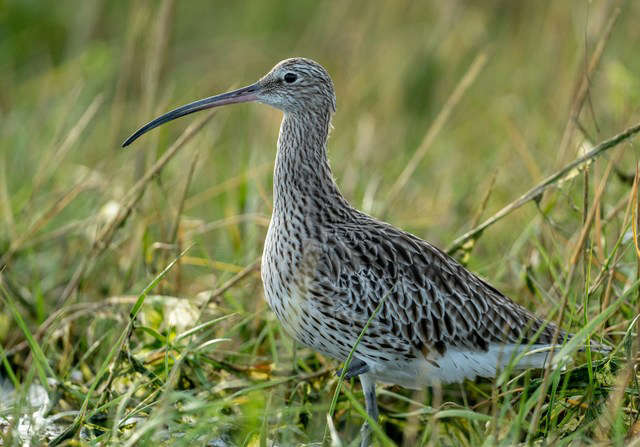
'We hope some of them choose to come back to the wonderful place that is Dartmoor'
Rare animal and bird species released into the wild on Dartmoor are finding their feet, spreading their wings and finding new homes elsewhere.
Dartmoor National Park Authority (DNPA) heard that a number of pine martens recently released on the moor had scattered in other directions. And rare curlews released on the moor had gone as far afield as the Scilly Isles and Holland.
“Whether the curlew programme has been a success or a failure is in the eye of the beholder,” said the authority’s deputy chair William Dracup. “A lot of curlew have been bred and released and a lot of positive lessons have been learned.
“We hope some of them choose to come back to the wonderful place that is Dartmoor.”
As part of a round-up of nature enhancement projects, authority members heard that funding from the National Lottery Heritage Fund had backed the release of 15 pine martens at secret locations on the moor. The martens had originally come from Scotland.
They are still being tracked, but DNPA head of conservation Chris Giles said that while some are still on the moor, others had left. Some had gone to the South Devon coast and some to Newton Abbot, while others had disappeared, possibly because their tracking equipment had been damaged.
“This is expected,” he said. “They are now becoming a little more mobile going into the breeding season.”
The long-term aim is for pine martens released on Dartmoor and Exmoor to join up with populations heading south and west from Wales.
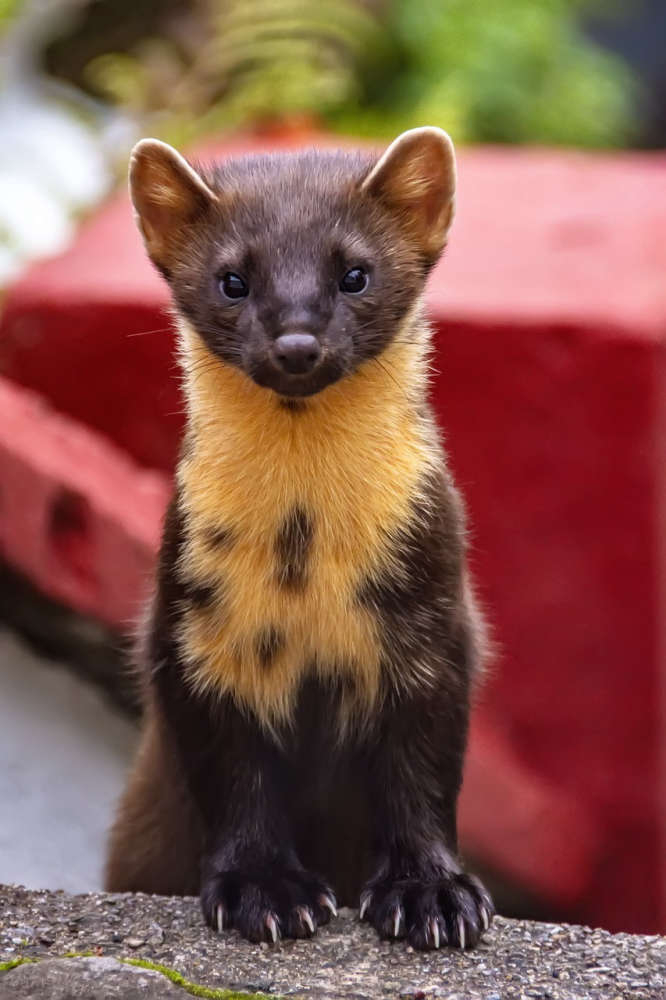
A programme to increase the number of curlew, classified ‘red’ in Britain because their numbers are so low, has not yet been the success conservationists had hoped for.
The meeting heard that a five-year Duchy of Cornwall-led initiative had seen eggs that would otherwise have been destroyed incubated and raised on Dartmoor.
The eggs come from RAF bases in the east of England where they are removed because the birds present a hazard to aircraft. The aim is to release 20 to 30 birds each summer so they return each spring, restoring a breeding population on Dartmoor which is now down to one last ageing pair.
Mr Giles said: “Unfortunately, to date, few project birds have been returning from overwintering sites to Dartmoor although this will be monitored over the next few years.”
He said it was difficult to know where the migrating birds went, but some had been recorded in the Scillies and others in Holland.
“The issue is that they are not coming back,” he said.
 City lose at home again
City lose at home again
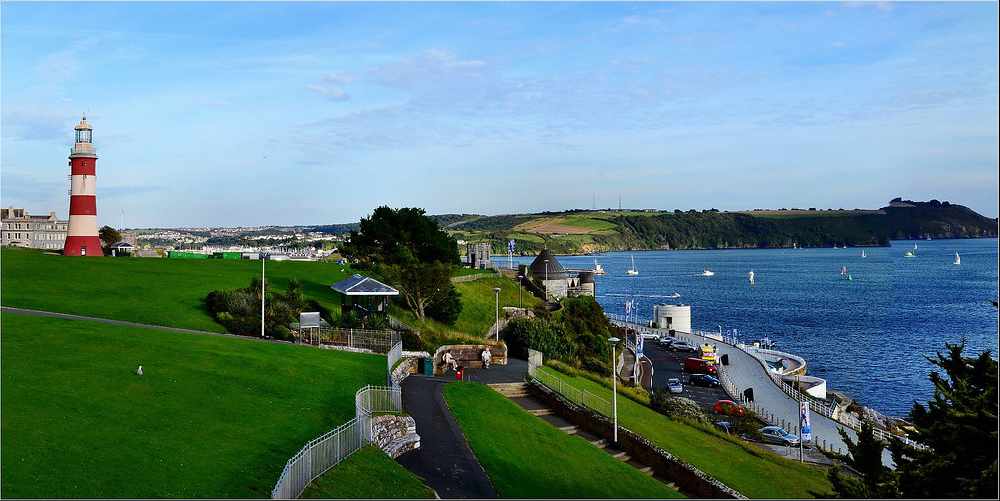 Calls for inclusion on Plymouth lord mayor role
Calls for inclusion on Plymouth lord mayor role
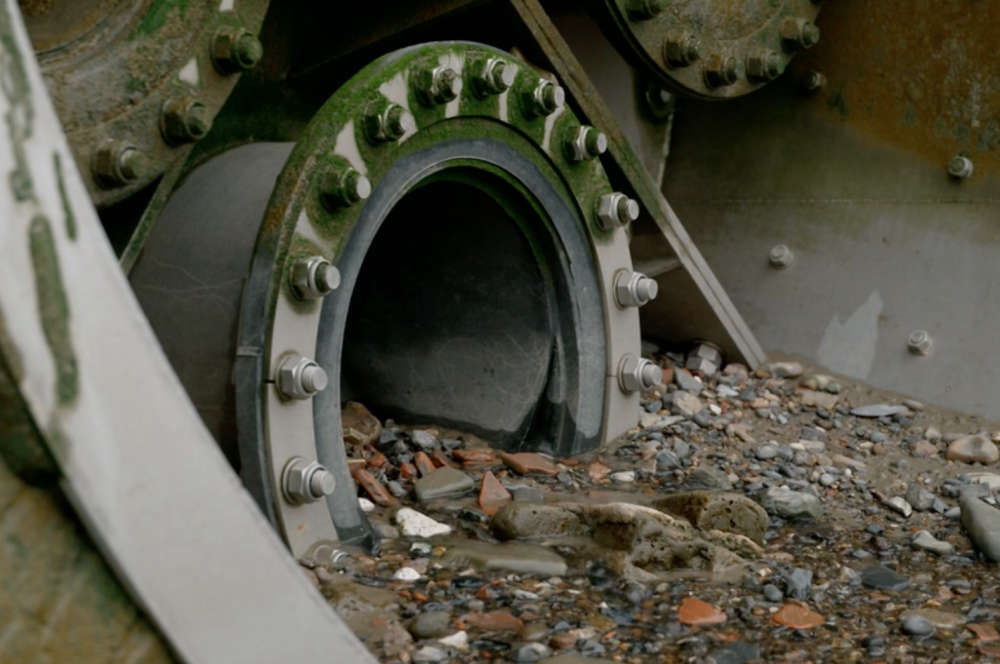 Upgrades to Plymouth storm overflows to take place
Upgrades to Plymouth storm overflows to take place
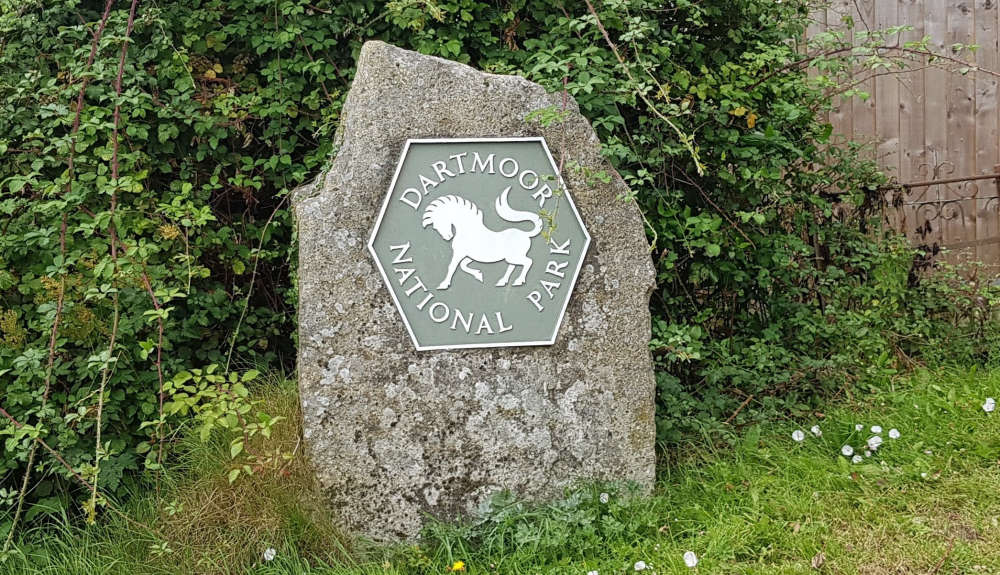 Dartmoor finances facing biggest cut for years
Dartmoor finances facing biggest cut for years
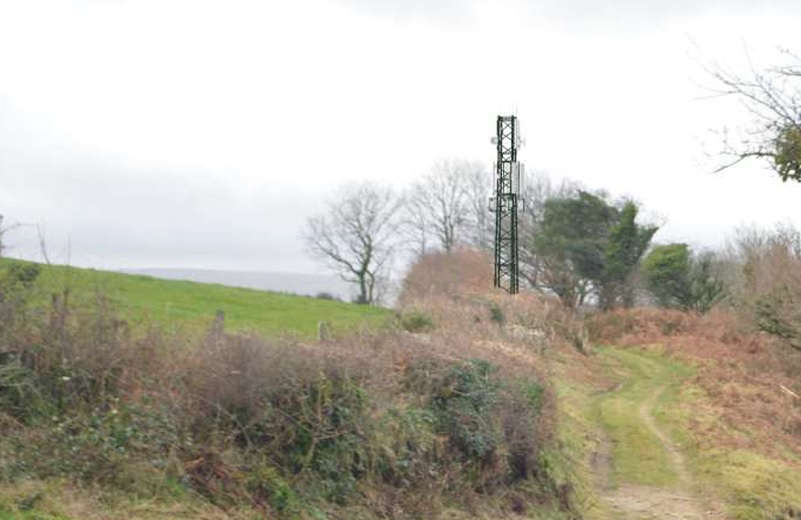 Dartmoor phone mast gets the go-ahead
Dartmoor phone mast gets the go-ahead
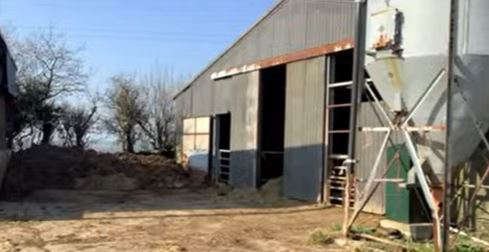 Livestock processing plant refused at Shebbear
Livestock processing plant refused at Shebbear
